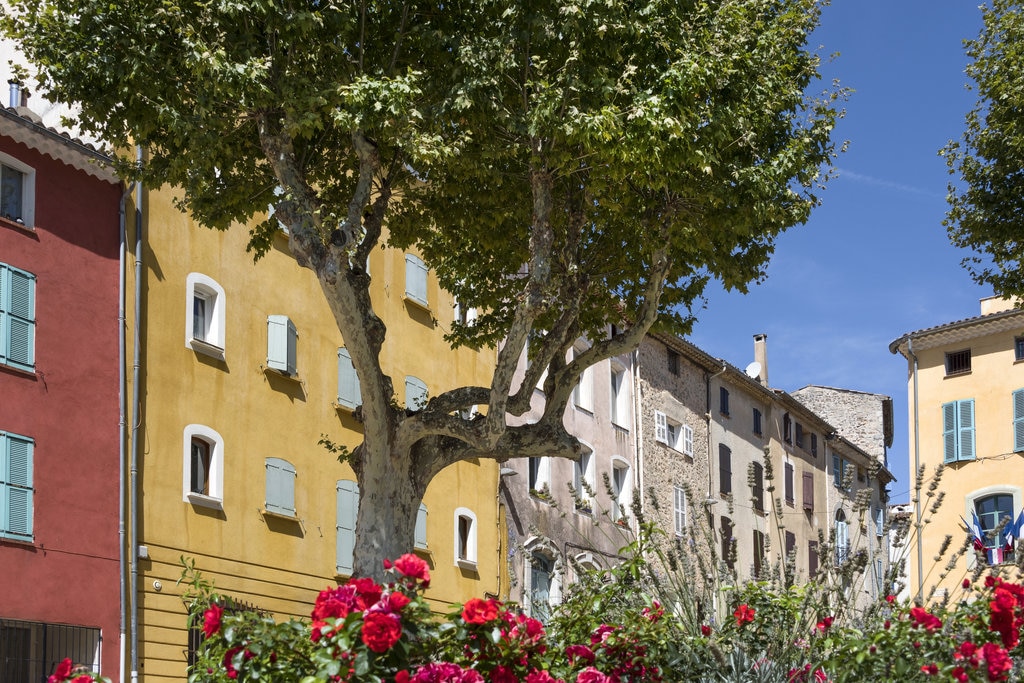Top 8 tips for driving in France
“Driving in France is one of those things some people love and others hate. This is usually a reflection on the individual’s confidence, rather than their ability behind the wheel. In fact, it is often those who approach driving abroad cautiously who are able to avoid accidents and adhere to the rules of the road.
The good news is that France it is a beautiful country to drive in. The roads, on the whole, are of a good quality and the rules are similar to our own. However, there are still a few things you need to be aware of. With that in mind, these are our top tips to keep you safe, legal and fine free.
1. A ‘driving kit’ is essential
——————————–
In France, one rule you need to be aware of is the legal requirement to carry a ‘driving kit’ wherever you go. That should include a hi-vis jacket for each person travelling in the car, two in-date alcohol breathalysers, spare bulbs and a hazard-warning triangle. You should also have your V5 logbook or a photocopy. Without all this kit, you risk an on-the-spot fine.
2. Apply online to the DVLA’s ‘share driving licence’ service
————————————————————–
If you plan to hire a car in France, you will need to apply online to the DVLA’s ‘share driving licence’ scheme before you travel. This will create a passcode, valid for 21 days, which the car hire company can use to access your details.
3. French ‘clean air (Crit’Air) stickers
—————————————–
In 2016, the French introduced Crit’Air Vignettes, which are clean air stickers that apply to all vehicles in certain areas. The scheme has six different categories of vehicle based on the emissions they produce. The stickers are compulsory in some areas and failure to buy and display one will result in a fine. You can apply for a Crit’Air sticker here.
4. Fit headlight beam adjusters
——————————–
One essential step many people forget when driving their own vehicles in France is fitting headlight deflectors. The headlights on modern cars are designed to point towards the kerbside. That means, when driving a British car on the right-hand side of the road at night, the headlights will point towards the other lane and effectively blind oncoming drivers. Either adjusting the angle of your headlights or fitting headlight adjusters will shift the beam onto the nearside.

5. French motorways don’t come for free
—————————————-
The motorway in France, known as the autoroute, is not free to use as it is in the UK. French motorways are split by tolling stations which charge you for the pleasure of driving on the motorways. This cost can quickly add up, with a fee of €21.70 for driving the 295 km trip from Calais to Paris. To avoid this additional cost, stick to the route nationale (N-signed roads) or the route departmental (D-signed roads), which are completely free. Yes, they will take you a little longer, but they’re much more scenic.
6. Check your insurance
————————
Whether you’re driving a hire car or your own vehicle, you need to make sure you have the insurance cover you need. Hire cars usually come with a decent level of cover, but there’s also some damage you will not be protected against. Most UK insurance companies allow you to drive your own vehicles in the EU for up to 90 days, but they will only usually provide third party cover. Here’s everything you need to know about hire car insurance.
7. The speed limit falls with the rain
—————————————
French speed limits are very similar to our own, with a 50kph limit (31mph) in built-up areas, a 110kph (68mph) limit on dual carriageways and a 130kph (80mph) limit on the autoroutes. However, unlike the UK, when the skies open, the speed limits fall by 10kph and 20kph on the route nationale and autoroute respectively. The French police can hand out fines on the spot and even confiscate your car if you’re caught speeding.
8. Right of way at roundabouts
——————————-
And last but certainly not least, giving way on roundabouts is not as simple as it is here in the UK. In France, when approaching a roundabout, if you see a sign with a yellow diamond on a larger white diamond, you have priority over traffic joining the roundabout from your right. If the sign has a black line running diagonally through it, then the traffic coming from the right has priority. For this reason, you should always look out for the signs and be extremely cautious when approaching roundabouts. And there you have it, our eight top tips for driving safely in France. Get these basics right and follow the same driving practices as you do in the UK and your trip will run smoothly.”
More Articles With Travel tips
Heading to Florence on holiday? Here are our top tips for sustainable travel in Florence, including what to do, buy, and eat.
According to Expedia’s 23rd annual Vacation Deprivation Report, global annual leave deprivation levels are the highest they’ve been in 10 years.
Ready for a quick getaway? We’re here to help with our long-weekend calendar for 2022.
Joe Jonas shares his top travel picks for Expedia Travel Week
We rounded up 18 locals-only secrets in some of the world’s most beloved cities to help you feel like an insider, no matter where your travels take you.